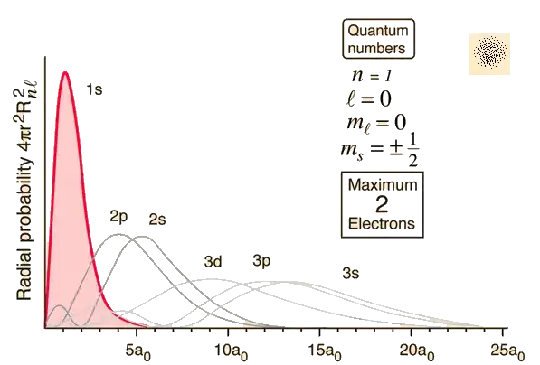This answer addresses the infinity question in the OP.
You are using Coulomb's law, a classical physics law derived by observations, and even in classical physics the $1/r$ behavior cannot be carried to the limit of 0 radius. In particular your electron next to a negative plate has a complicated solution similar to the discussion in another question here . One has to use Maxwell's equations to solve for the case rigorously.It is only for two point charged particles that a mathematical infinity is implied, BUT point particles belong to the microcosm, and nature at small distances is quantum mechanical.
The electron is an elementary point particle, and quantum mechanics enters for elementary particles. In the quantum mechanical equations the 1/r potential controls the solutions, but the behavior of the particle is probabilistic.
When scattering an electron on an electron, for the radius of separation to be zero, infinite momentum would be needed due to the Heisenberg Uncertainty Principle ( HUP).
$$\sigma_x\sigma_p\geq \frac{\hbar}{2}$$
Thus an electron can "stay" as close to another electron as the momentum ( energy) supplied to keep it there.
In the case of the attraction of an electron to a proton the solutions of the quantum mechanical equations give bound states.

The $1/r$ potential is in the Schroedinger equation for the solutions of the system in the link above, and the solutions have no infinities. $a_0$ is the bohr radius = 0.0529nm
